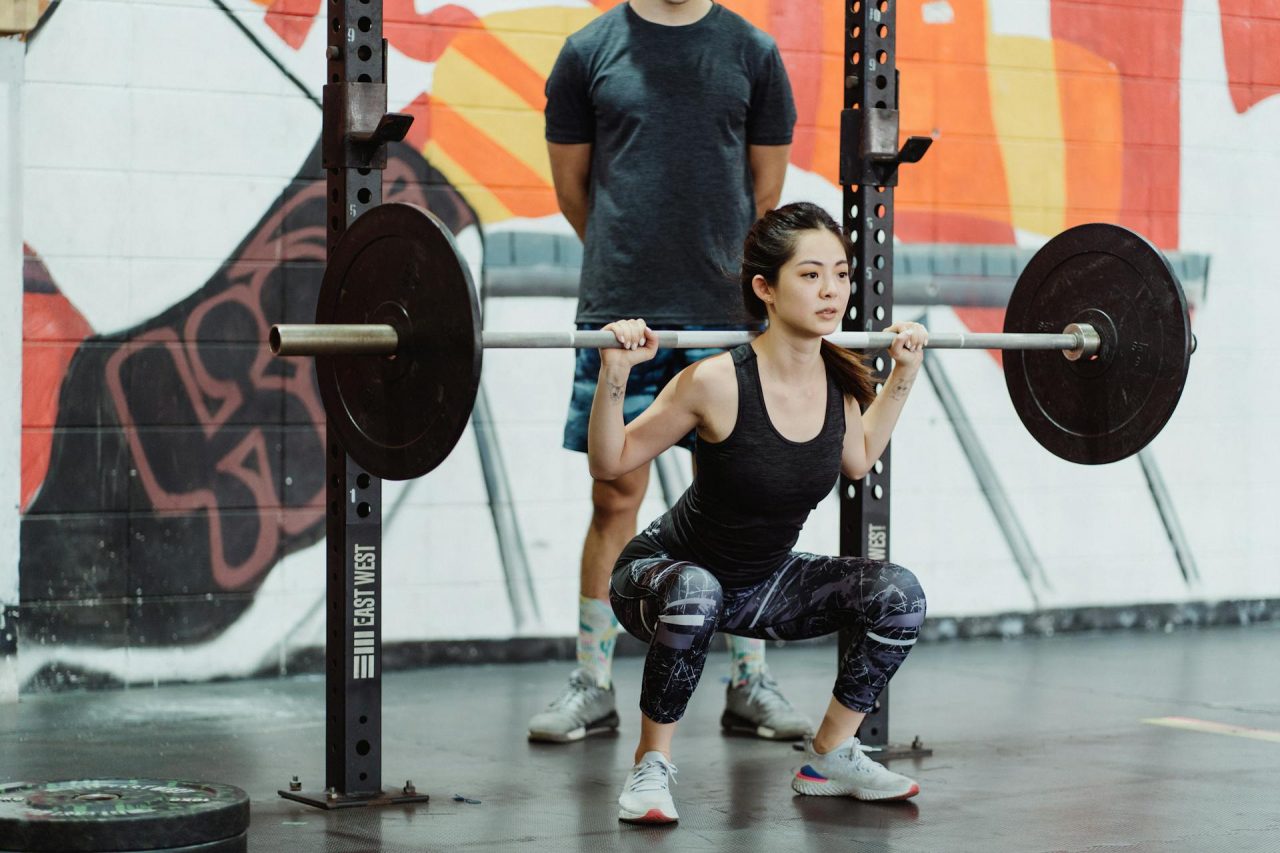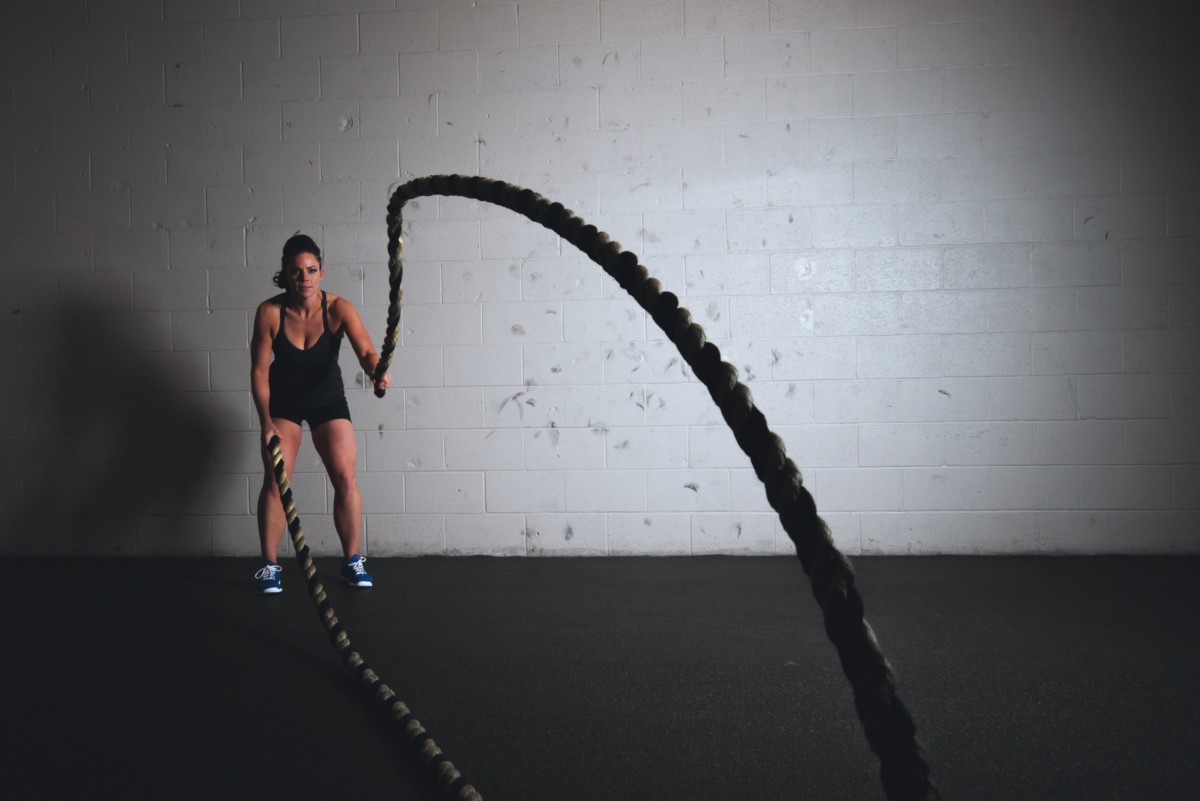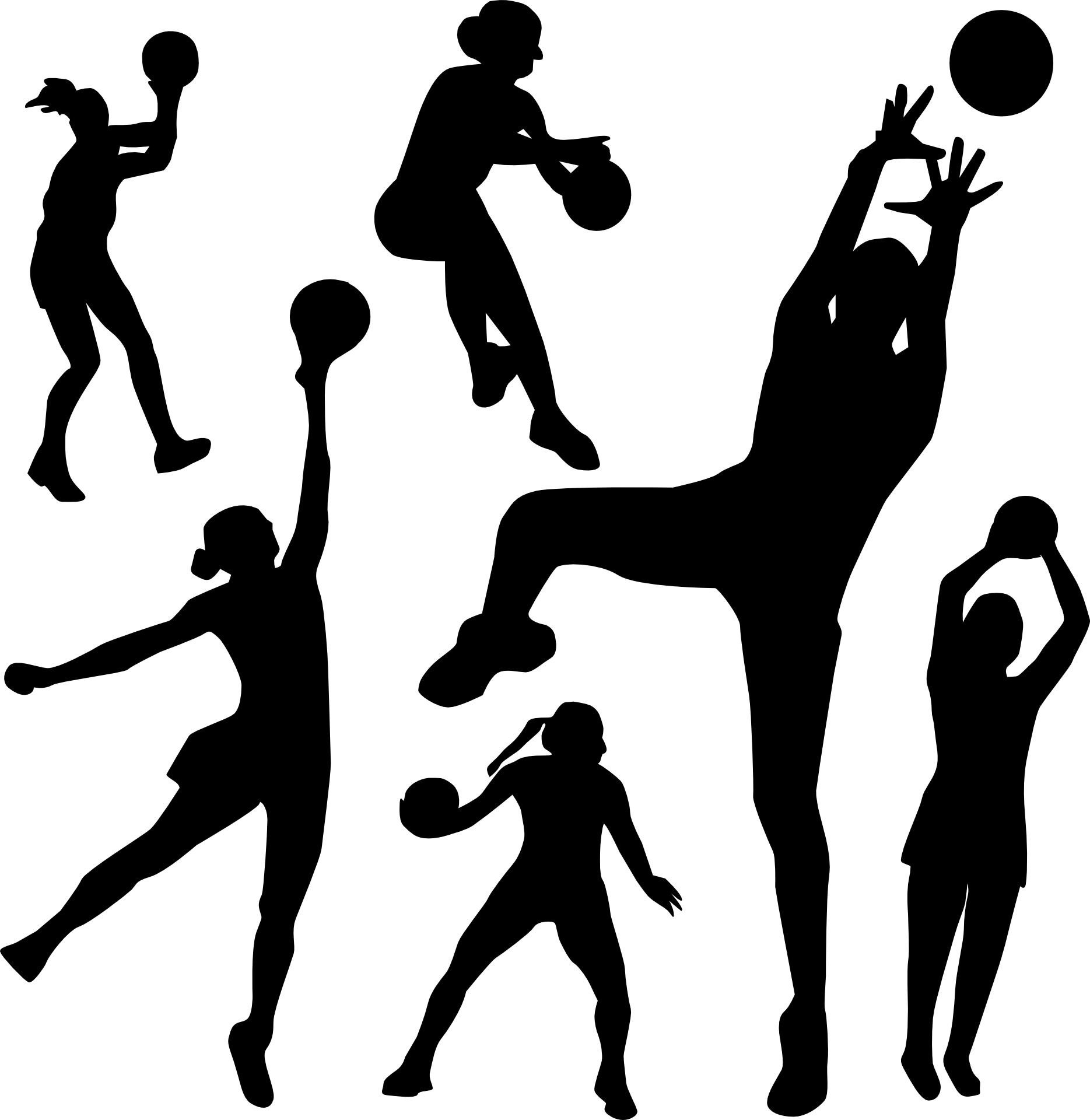The squat basically has three parts: set-up, the descent, and the ascent.
The squat begins with you standing up with the bar on the back of your shoulders. Success in the lift begins right here. Where precisely you place the bar depends upon your make-up, placing the bar higher or lower on your back works differently depending upon how long your legs are, how wide your pelvis is, etc.
There are differences in how the squat works depending upon where the bar is on your back. A “high bar” squat (one where the bar sits at the base of your neck) requires you to keep your trunk a lot more upright during the squat. This means that your knees have to move forward more during the exercise and, consequently, they experience more stress. A “low bar” squat (one where the bar sits on the rear delts) allows you to lean forward a lot more during the squat, which results in the hips and lower back experiencing more stress. Many powerlifters prefer the low bar squat, many weightlifters prefer the high bar squat.
Once the bar is positioned on your back, move your feet comfortably apart. Putting your feet wider than shoulder-width apart is basically going to have the same impact on you as if you were doing a low bar squat. In other words, it’ll allow you to lean forward more during the squat and put most of the stress on your hips and lower back. Putting your feet at shoulder-width apart or narrower will have the same impact as if you were doing a high bar squat (i.e. trunk more upright, more stress on the knees).
Interestingly, there seems to be little impact on muscle recruitment with regards to the width of your stance or to the angle of your feet. Escamilla, et al. (2001) when investigating this found that individuals using a narrow stance on the squat used their plantar flexors (gastroc, soleus) more because they help to keep your knees from moving forward. Other than that, there’s very little difference in terms of muscle recruitment.
Once the bar is on your back and your feet are where you want them, it’s time to think about safety. Before you begin the squat, pull your shoulders back and puff your chest out. Maintain this position throughout the entire squat. This position is called “setting the back” and it is an important strategy to preventing lower back injuries from squatting. This is because it serves to more evenly distribute the stress that the lower back would be experiencing from the lift. If you are doing this correctly, the muscles along your spine are going to be uncomfortable because they are unused to working like this!
Now you are ready to squat!
In general, when descending into the squat you are going to want to begin this movement by pushing your hips back. Now there are always exceptions, but for most people this is a great strategy because it will help you to keep your feet flat which will save you some wear and tear on your knees (not to mention helping you to keep your balance). When descending, keep your chest out and shoulders back, keep your feet flat, and squat down as far as flexibility allows. If you are not a competitive weightlifter, you probably don’t need to go down much lower than parallel, the research on this actually shows that muscle recruitment peaks at about 80-90 degrees (i.e. you don’t recruit your quadriceps more effectively by squatting below parallel).
From the bottom position it’s time to get up. Keeping your back tight, chest out, and feet flat explode out of the squat. Make sure that your shoulders and hips move up at the same speed. Letting your hips come up too fast will result will result in an awkward position almost like a good morning and you will probably miss the lift!
Until now, the first three posts (http://wp.me/p1XfMm-3o, http://wp.me/p1XfMm-3q, and this one) have spent a lot of time covering why you should use the squat, whether or not it’s bad for your knees, and how to perform it safely. The last post is going to help you put together a program to get better at it.
References:
Wretenberg, P., Y. Feng, & U.P. Arborelius. (1996). High- and low-bar squatting techniques during weight-training. Medicine and Science in Sports and Exercise, 28(2), 218-224.




